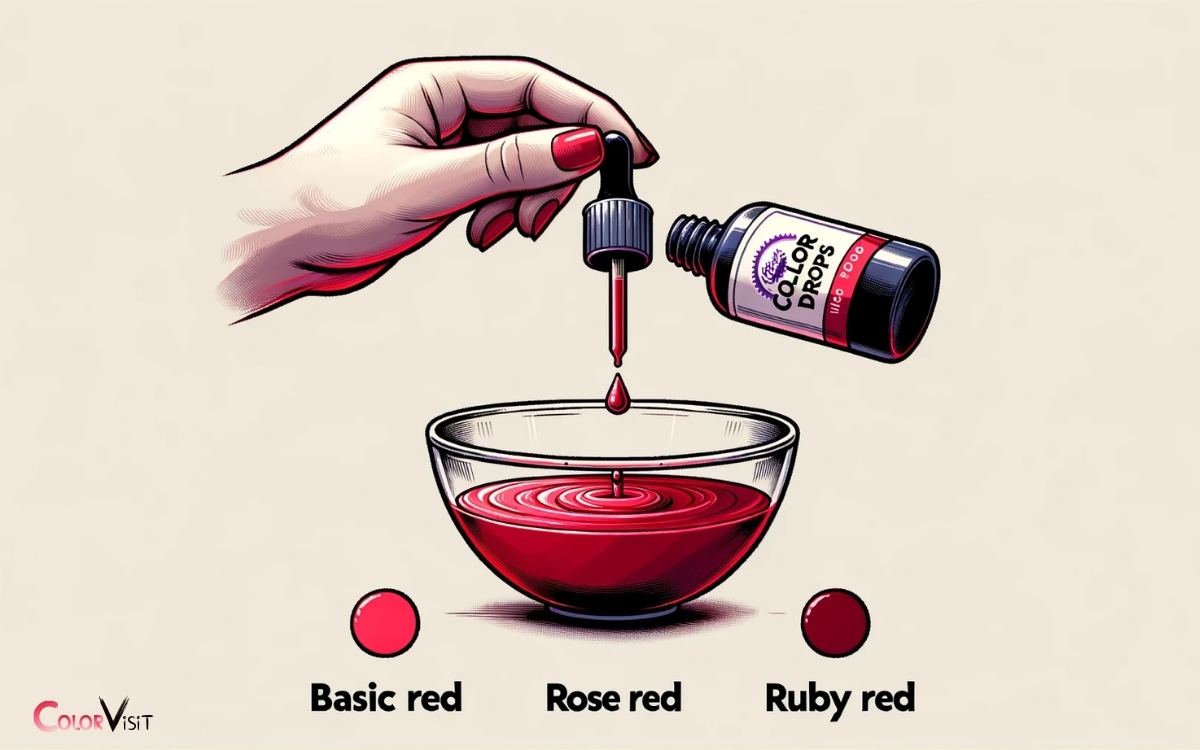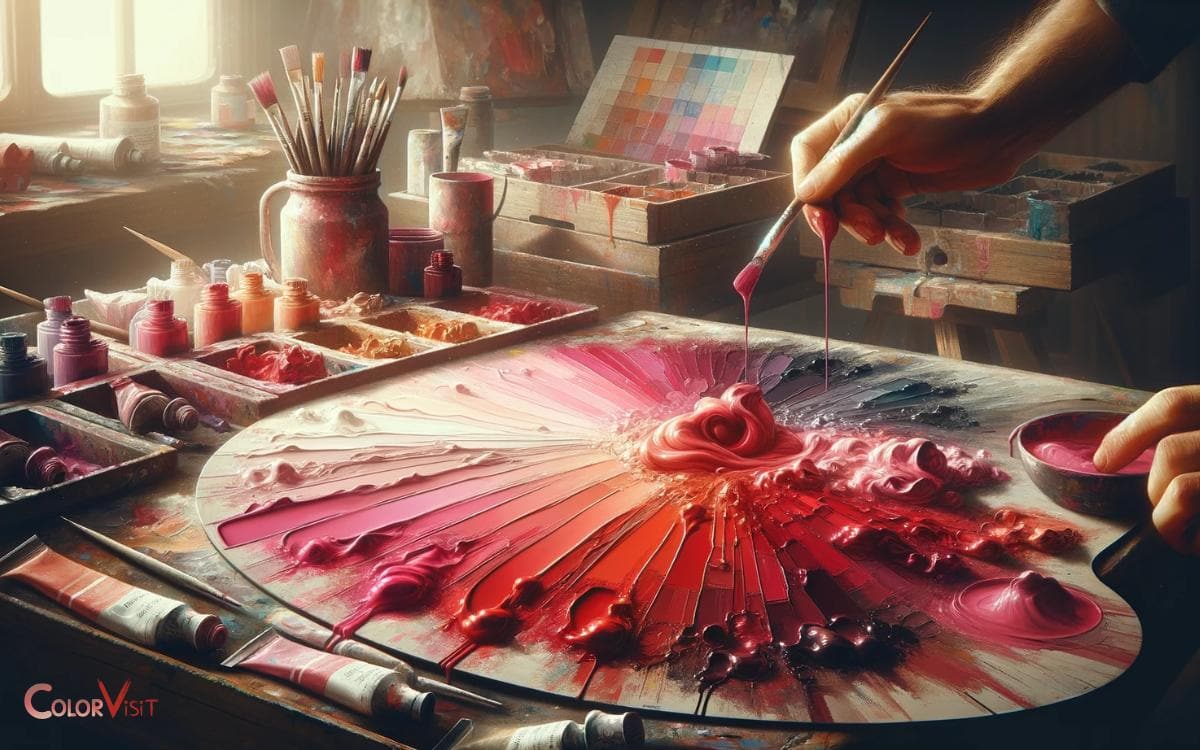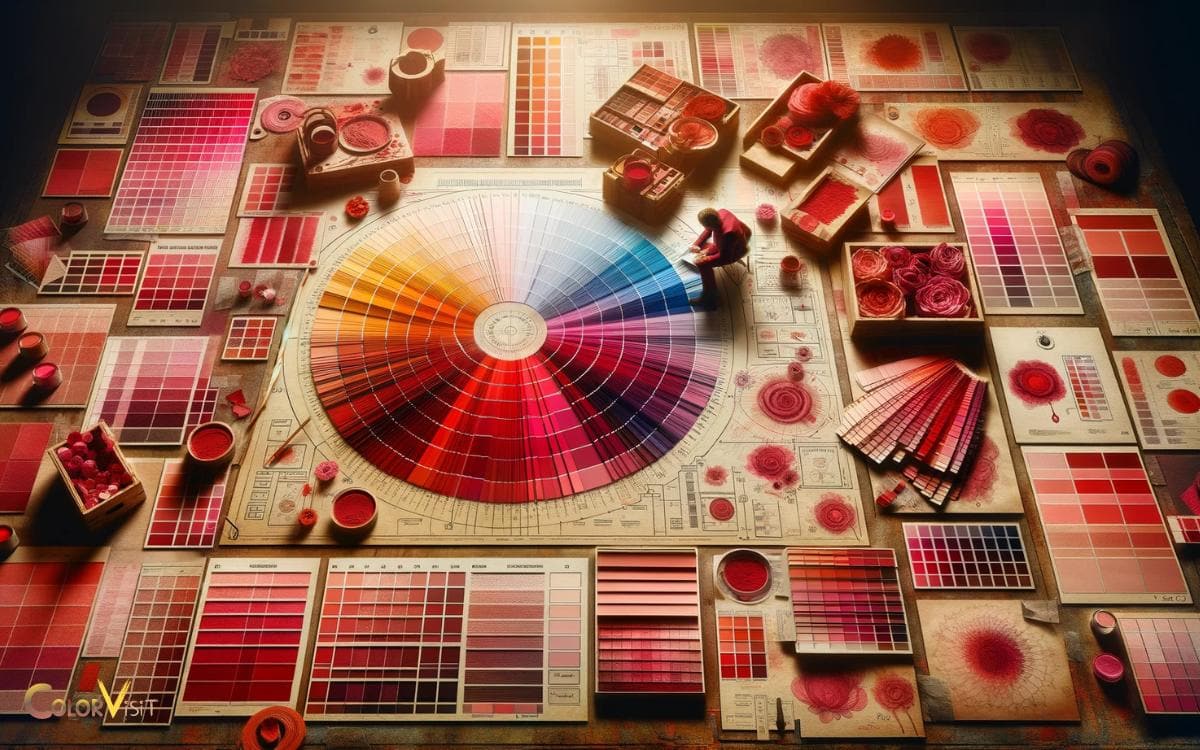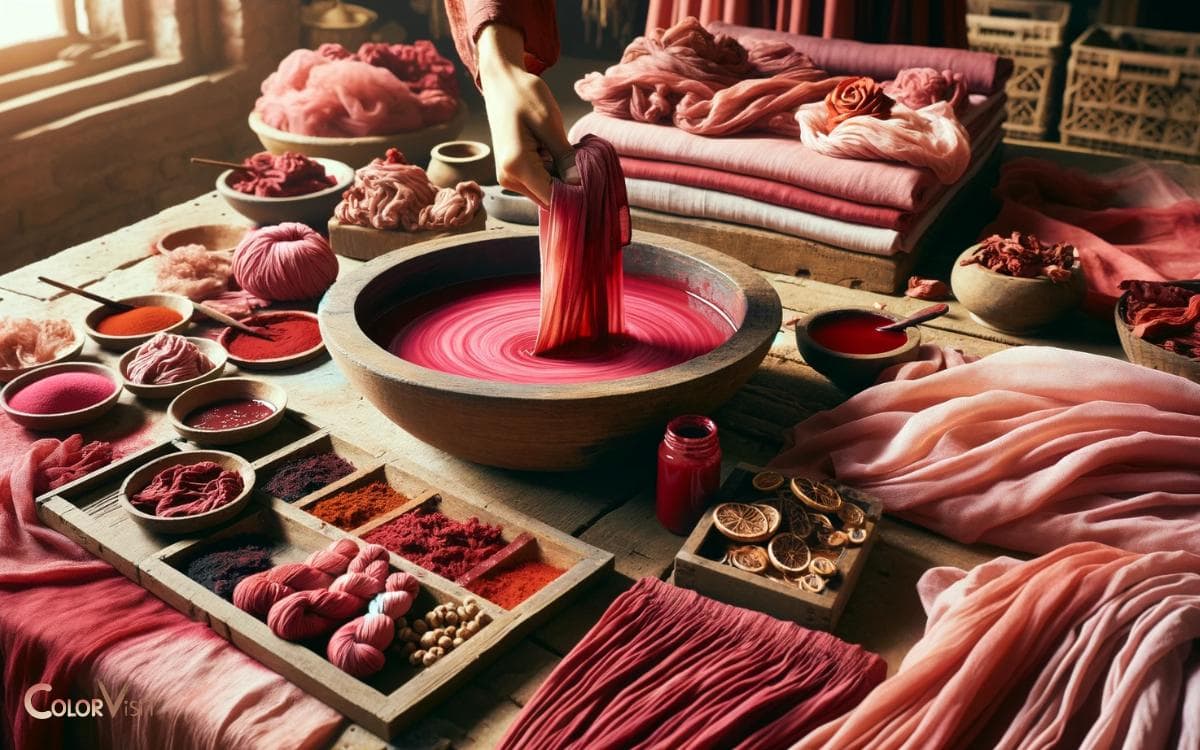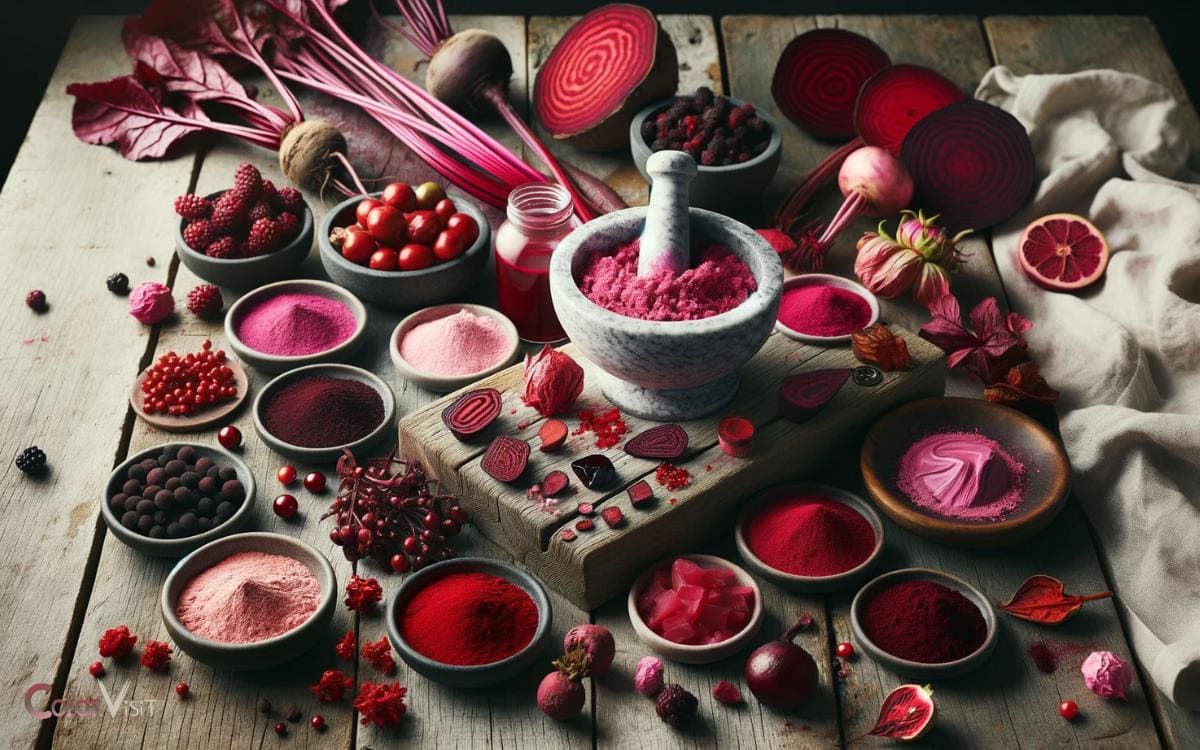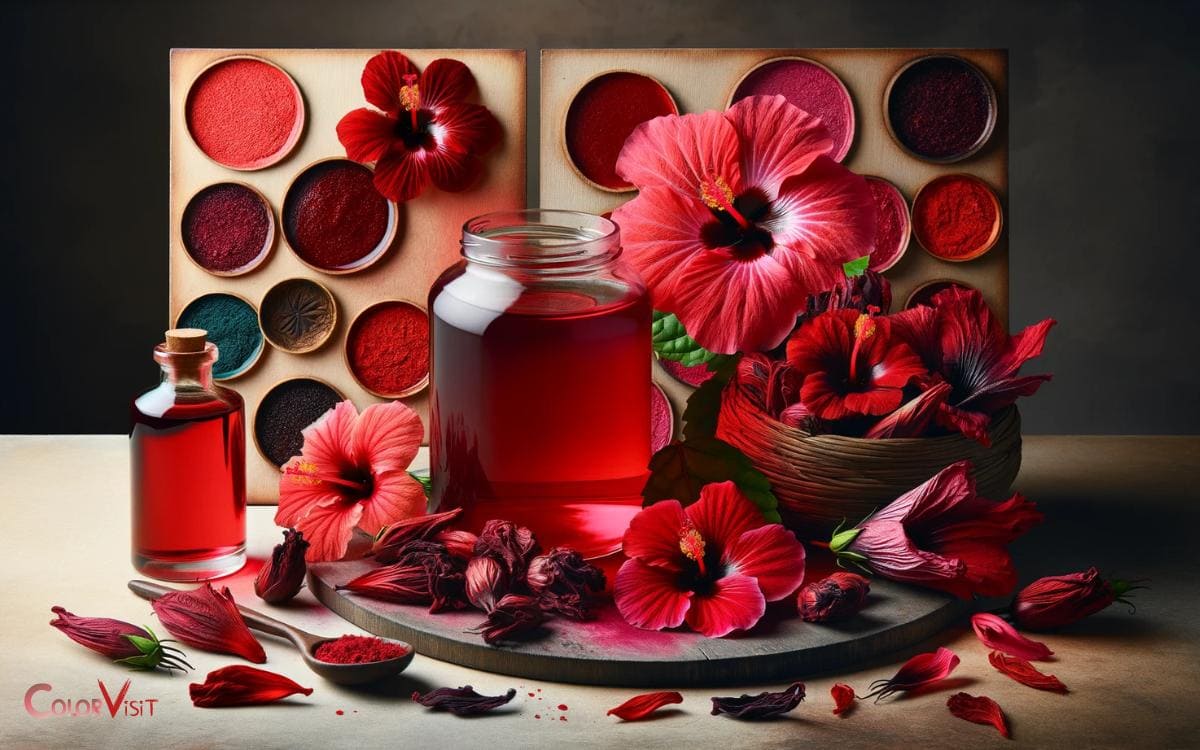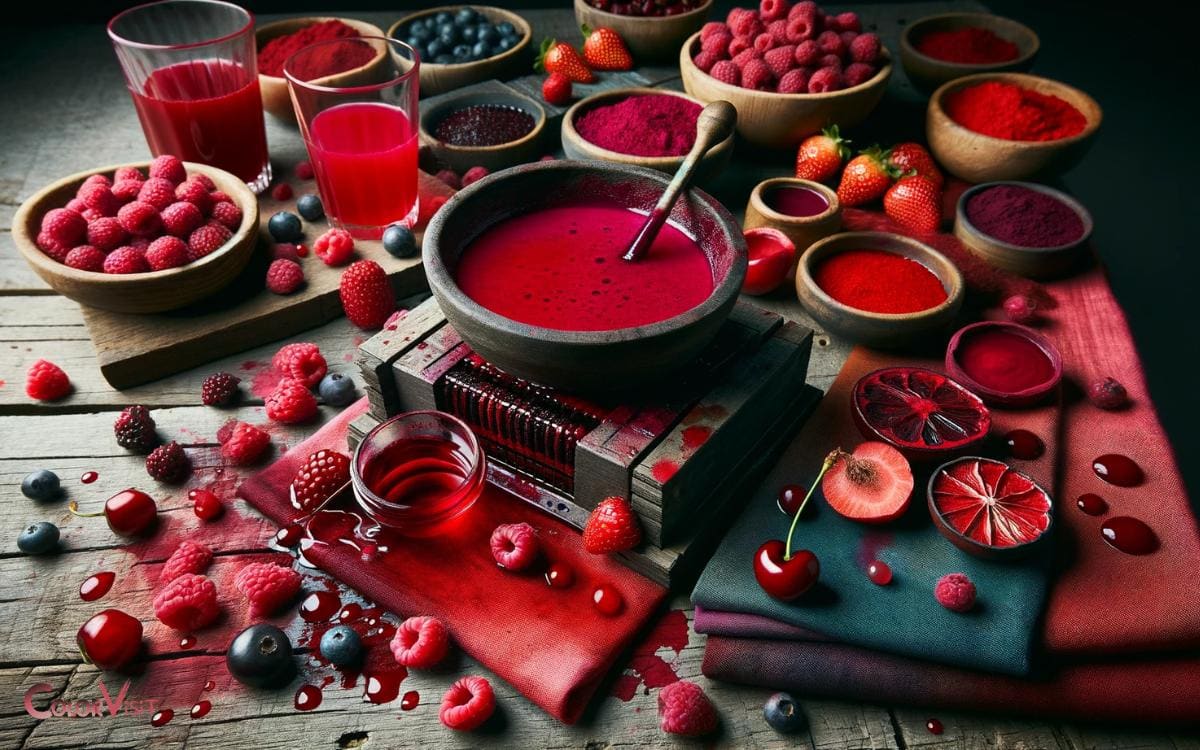How to Make Rose Red Color? 5 Steps!
Creating the perfect rose red color can be achieved through multiple methods, including mixing paint pigments, using natural dyes, or manipulating digital color codes. Additionally, understanding the color wheel is essential for artists seeking to blend shades effectively. A fascinating challenge lies in exploring how to create yellow from red, which involves altering the color’s hue through careful adjustments. Experimenting with different ratios of other colors can also yield unique shades of rose red that might inspire new artistic directions.
Here’s a simple breakdown:
For natural dyes, you might use ingredients like beetroot or red cabbage, often boiled to extract the color, then applied to the material being dyed.
Key Takeaway
Step 1: Choosing the Right Red Pigments
When making rose red color, it is crucial to carefully select the right red pigments for achieving the desired hue and vibrancy.
- Innovation in this area involves exploring new pigment combinations to create unique shades of rose red.
- Traditional red pigments like cadmium red and alizarin crimson can be combined with newer, more vibrant options such as quinacridone red or pyrrole red to achieve a wider range of hues.
- Understanding the transparency, tinting strength, and lightfastness of each pigment is essential for creating innovative and long-lasting rose red colors.
Additionally, considering the chemical composition and particle size of the pigments can lead to breakthroughs in creating more stable and intense rose red shades.
Step 2: Mixing Paint for Rose Red
Now that we have covered the selection of red pigments, the next step is understanding the art of mixing paint for rose red.
This involves mastering color mixing techniques to achieve the desired shade of rose red.
Color Mixing Techniques
To create a rose red color, start by using a 1:1 ratio of red and white paint to achieve a light pink base.
- Once the light pink base is achieved, gradually add more red paint while incorporating a small amount of blue to deepen the hue.
- This technique allows for the creation of a rich rose red color with depth and vibrancy.
- Experimenting with different proportions of red, white, and blue paints can lead to variations in the final shade, providing an opportunity for artistic customization.
- Additionally, incorporating a touch of yellow can introduce warmth and complexity to the color, enhancing its visual appeal.
By mastering these color mixing techniques, artists can unlock the potential for creating captivating rose red hues with finesse and precision.
Achieving Desired Shade
The process of achieving the desired shade for rose red involves precise adjustments to the paint mixture, building upon the color mixing techniques previously discussed.
By strategically blending primary colors with a keen understanding of their properties, you can create a stunning range of rose red shades.
To help you visualize the possibilities, here’s a table illustrating different paint mixtures and the resulting shades:
| Primary Color 1 | Primary Color 2 | Resulting Shade |
|---|---|---|
| Red | White | Light Rose Red |
| Red | Magenta | Deep Rose Red |
| Red | Yellow | Warm Rose Red |
| Red | Blue | Cool Rose Red |
Step 3: Dyeing Fabric in Rose Red
Achieving the desired hue of rose red on fabric requires a precise and consistent dyeing process.
- To start, select a high-quality fabric that can absorb and retain the dye effectively. Pre-treat the fabric to remove any impurities or finishes that may hinder the dye absorption.
- Choose a professional-grade rose red fabric dye that is colorfast and specifically formulated for the type of fabric being dyed.
- Follow the dye manufacturer’s instructions meticulously, ensuring the dye is evenly applied and the fabric is thoroughly saturated.
- Utilize innovative dyeing techniques such as dip-dyeing, tie-dyeing, or ombre effects to create unique and appealing patterns.
Once the fabric has been dyed to the desired shade, carefully rinse and wash it to remove any excess dye. This sets the color and ensures the fabric retains its vibrancy.
Step 4: Using Natural Ingredients for Rose Red
When creating a rose red color using natural ingredients, it’s important to consider the potential of beetroot for a rich red hue, hibiscus for added vibrancy, and the use of berries for a natural source of red pigment.
These natural ingredients offer an alternative to synthetic dyes and provide an opportunity to achieve a beautiful rose red color in a sustainable and eco-friendly manner.
Beetroot for Red
One effective way to achieve a vibrant rose red color using natural ingredients is by utilizing beetroot as a dye.
- Beetroot is a versatile vegetable that contains a natural red pigment called betalain, which can be extracted to create a beautiful red dye.
- To use beetroot as a dye, start by chopping or grating the beetroot and then boiling it in water.
- Once the water has taken on the desired hue, it can be used to dye fabrics, yarn, or even food.
- This natural dyeing method not only produces a stunning rose red color but also offers an eco-friendly and sustainable alternative to synthetic dyes.
By harnessing the power of beetroot, individuals can explore innovative ways to incorporate natural ingredients into their creative projects, fostering a deeper connection to the environment.
Hibiscus for Vibrancy
Hibiscus flowers are a natural source of vibrant red pigment that can be used to create a rich rose red color.
This natural ingredient offers a sustainable and innovative way to achieve a vivid hue without relying on synthetic dyes.
Here are four key reasons why hibiscus is a great choice for achieving vibrancy in your rose red color:
- Rich Pigmentation: Hibiscus flowers contain high levels of natural pigments that can impart a deep and intense red color to various mediums.
- Natural and Sustainable: Using hibiscus as a colorant aligns with the growing demand for natural and sustainable ingredients in various industries.
- Health Benefits: Apart from its color-enhancing properties, hibiscus also offers potential health benefits, adding value to products it is used in.
- Versatility: Hibiscus can be used in various forms, including dried petals, powdered extract, or as a liquid infusion, offering versatility in application.
Berries for Natural
To achieve a natural rose red color, consider utilizing the vibrant pigments found in a variety of berries.
- Berries such as raspberries, strawberries, and cranberries contain natural dyes that can be extracted to create a beautiful rose red hue.
- These berries are rich in anthocyanins, which are responsible for their deep red and pink colors.
- To extract the pigments, simply crush the berries and strain the juice. This natural dye can be used to color fabrics, paper, or even food.
- Additionally, the use of berries for natural dyeing aligns with the growing demand for eco-friendly and sustainable practices.
Experimenting with different berries and their varying concentrations of pigments can lead to innovative and unique shades of rose red.
Step 5: Achieving Rose Red in Digital Design
Achieving a rose red color in digital design requires precise color mixing and calibration to achieve the desired hue and saturation.
To accomplish this, consider the following:
- Color Theory: Understand the fundamentals of color theory, including the use of red hues, to create the base for achieving rose red.
- Digital Tools: Utilize advanced digital design software that offers a wide range of color options and precise controls for saturation and blending.
- Calibration: Ensure that your monitor or display is accurately calibrated to represent colors as accurately as possible.
- Experimentation: Don’t be afraid to experiment with different shades and tones of red to find the perfect combination that embodies the essence of rose red.
With these strategies, digital designers can effectively achieve the desired rose red color in their artworks.
Tips for Enhancing Rose Red in Artworks
In the context of artworks, enhancing rose red can be achieved through strategic use of complementary colors and thoughtful application of shading techniques.
- To enhance the vibrancy of rose red, consider incorporating complementary colors such as green or blue to create visual contrast and make the rose red appear more dynamic.
- Additionally, experiment with various shading techniques to add depth and dimension to the rose red areas in your artwork.
- Utilizing techniques like cross-hatching, stippling, or gradient shading can elevate the intensity and richness of the rose red color, making it a focal point in the composition.
Conclusion
This can be done by considering factors such as the shade of red desired and the compatibility of the pigment with the medium being used.
Mixing paint or dyeing fabric is another important step in achieving the rose red color. This can be done by gradually adding the chosen red pigment to the base paint or dye, and carefully blending until the desired hue is achieved.
Using natural ingredients is a popular method for creating rose red color. Natural dyes such as madder root, cochineal insects, and certain flowers can be used to achieve vibrant red shades.
